Chicago Fed President Austan Goolsbee, in recent comments to CNBC, noted that the job market is “getting into better balance,” a sign that the central bank’s policies may be having the desired effect without tipping the economy into a sharp downturn.
The Chicago Fed head also mentioned the need for a shift in focus from the height of rate hikes to the duration for which these elevated rates might need to be maintained.
“As long as we’re making progress,” he remarked, “the moment of arguing how high should the rate go is going to fade to how long should we keep rates at this level as inflation is coming down.”




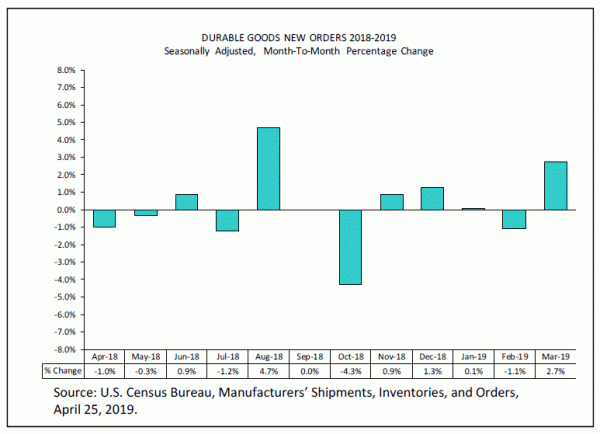
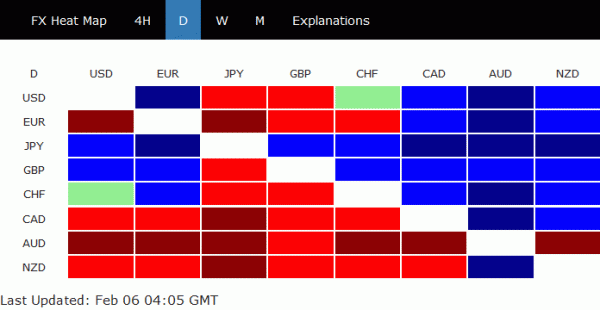
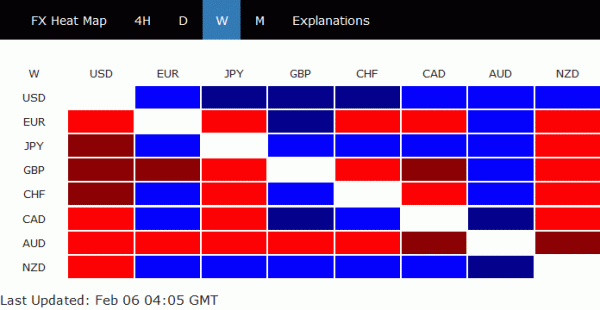
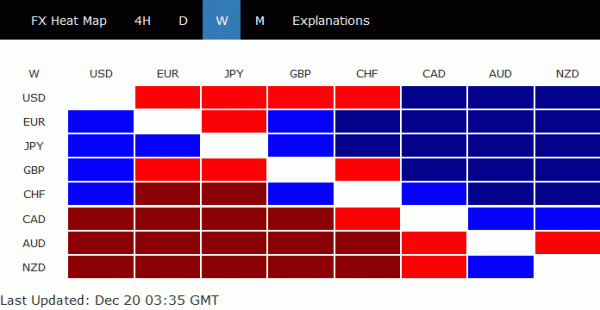
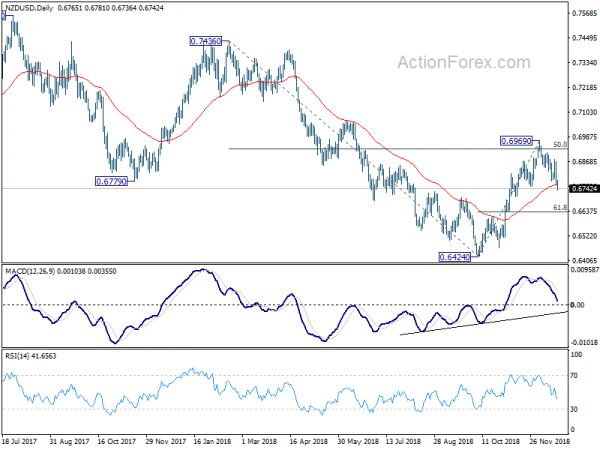
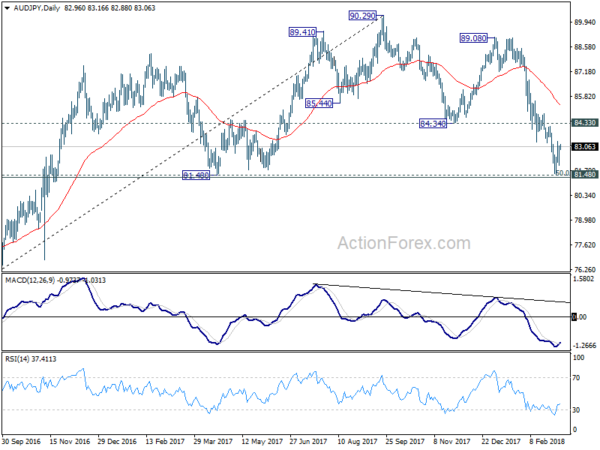
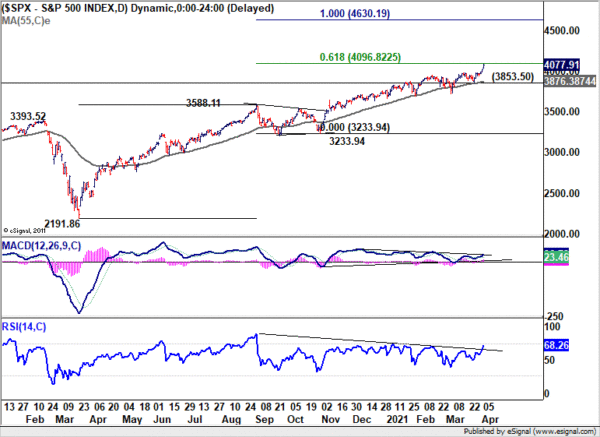
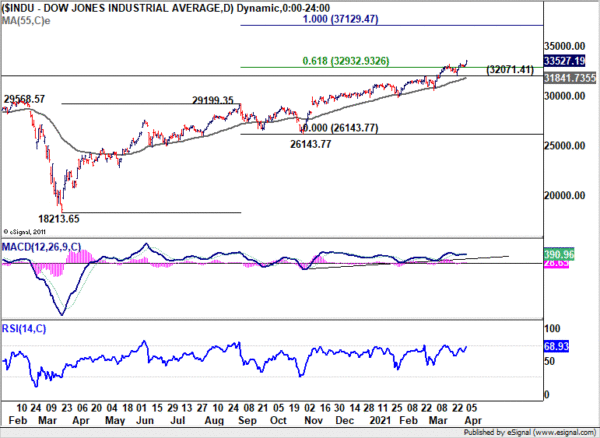
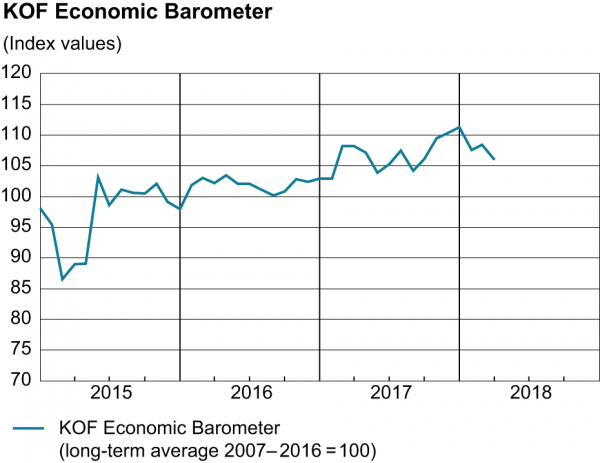
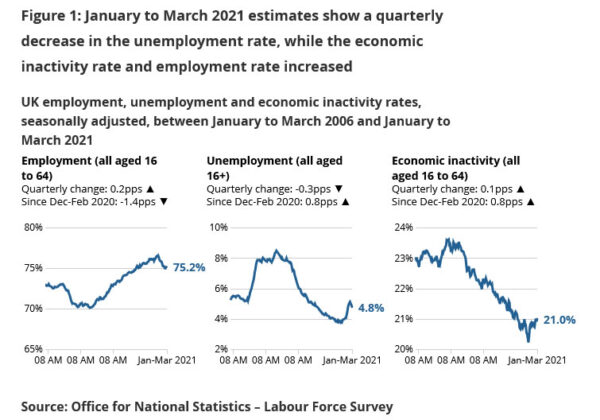
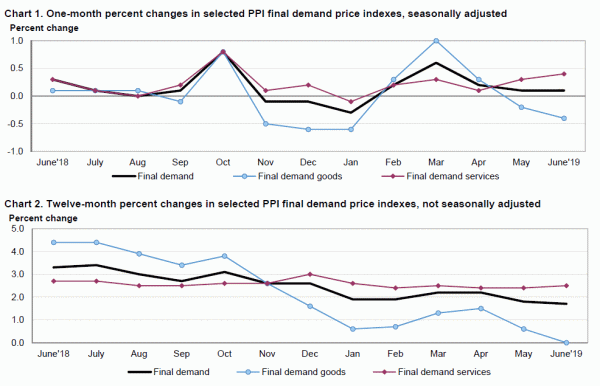
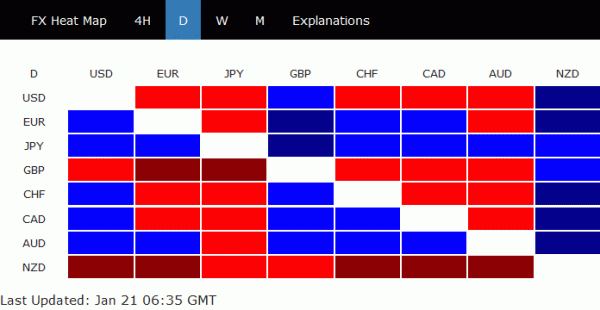

US Empire state manufacturing dropped to -2.15, worst since 2009
US Empire State Manufacturing Survey general business conditions index dropped a massive -34pts to -21.5 in March, well below expectation of 8.7. it’s also the worst reading since 2009. Looking at some details, new orders dropped -3.14 to -9.3. Shipments dropped -20.6 to -1.7. Delivery times dropped -6.1 to 2.2. Number of employees dropped -8.1 to -1.5. Average employee workweek dropped -9.6 to -10.6.
Full release here.